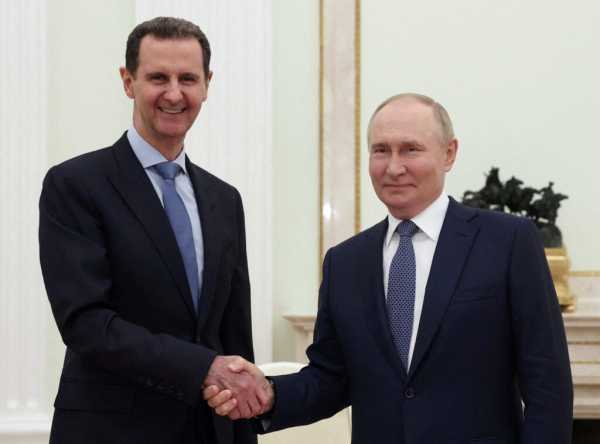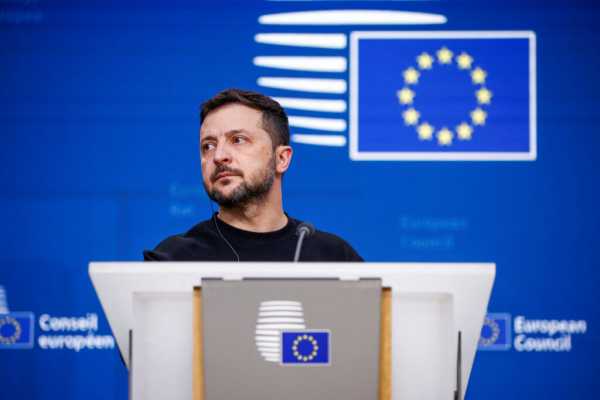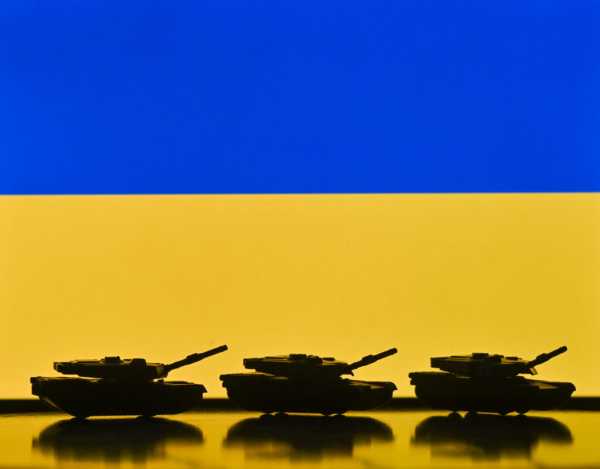
Russia’s invasion of Ukraine continued to lose steam in March 2025, with the Kremlin’s territorial gains reportedly falling for the fourth month in a row. According to new data from the Institute for the Study of War, Russian forces seized 240 square kilometers of Ukrainian land during March, the smallest monthly total since the current wave of offensives began in the summer of 2024.
News of Russia's slowing advance came after Russian President Vladimir Putin said his invading army now holds the “strategic initiative” along the entire front line of the war in Ukraine. “There is now reason to believe that we can finish off” the Ukrainian military, he told submarine crews last week during a visit to the northern Russian port city of Murmansk.
While Putin predicts an imminent Russian victory, the facts on the ground in Ukraine seem to suggest otherwise. Far from being on the brink of collapse, Ukraine’s defensive lines have strengthened considerably in recent months. As a result, advancing Russian forces continue to suffer heavy losses without achieving any significant breakthroughs.
Ukrainian commanders are keenly aware that the recent lull in Russian military success may be temporary, as Putin’s army regroups after months of intense fighting. Officials and analysts in Kyiv now warn that preparations for a major new Russian offensive, expected to begin in the coming weeks and last until the end of 2025, are likely well underway.
Putin hopes the new campaign will help strengthen his hand as talks on a possible compromise settlement to end the war intensify. Speaking in Paris last week, Ukrainian President Volodymyr Zelensky accused the Kremlin dictator of “dragging out the talks and trying to get the United States bogged down in endless and pointless discussions about false terms in order to buy time and then try to seize more land.”
Russia’s modest successes on the battlefield since the start of the year offer important perspective at a time when international media coverage and Western commentary often create the misleading impression that Ukraine’s situation is hopeless. In reality, the Ukrainian army has withstood the full might of the Russian military for more than three years and represents a formidable obstacle to Putin’s plans to completely subjugate the country.
Today's Ukrainian army is the largest and most experienced force in Europe, and it is supported by a rapidly growing domestic defense industry that already supplies about forty percent of Ukraine's military needs. Since the beginning of 2022, Ukrainian troops have managed to liberate about half of all Russian-occupied territory and have won a number of notable victories in the Kyiv, Kharkiv, and Kherson regions.
Over the past three years, Ukraine has also become a technologically advanced superpower in drone warfare. Ukrainian drone manufacturers now produce millions of drones each year and continue to innovate daily. This has had a huge impact on the battlefield, where drones now account for more than half of all Russian casualties.
At sea, naval drones have allowed Ukraine to sink or cripple about a third of Russia’s entire Black Sea fleet, changing the course of the Battle of the Black Sea and forcing Russia’s remaining warships to retreat from Crimea. Meanwhile, Ukrainian commanders are using the country’s expanding arsenal of long-range drones and domestically produced cruise missiles to bring Putin’s invasion home, striking at military and energy infrastructure deep in Russia.
The remarkable evolution of the Ukrainian Armed Forces since February 2022 should give pause to all those who insist that Ukraine has “no cards” to play in future negotiations. While Kyiv cannot realistically hope to match Russia’s overwhelming superiority in manpower, firepower, funding, and industrial capacity, Ukraine is now a major military power in its own right and will not accept any peace deal that would put the country’s continued existence in doubt.
Peter Dickinson is editor of the Atlantic Council's UkraineAlert service.
Source: Source



